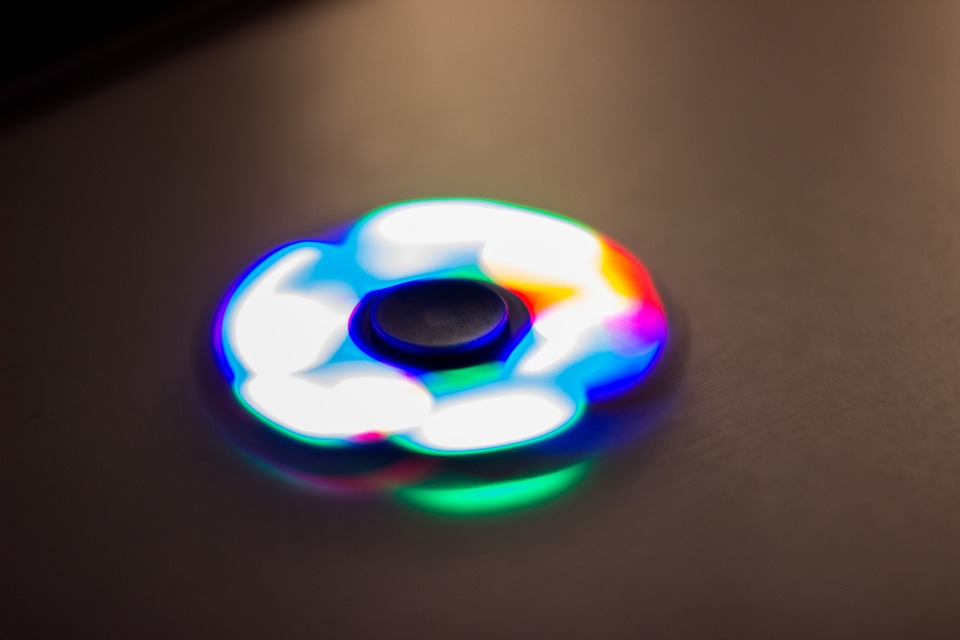
Since the time LED Lights was launched, there have been many misconceptions and myths about LED lights. Some people are concerned about their eyes, some are about the lasting period of the lights and some people are simply worried if the lights are worthy of their money. So here are some popular myths and the truths behind it.
Led lights last forever:
LED bulbs do last a lot longer than the average light bulb. But no, they won’t last forever. But they keep shining for most of their lifetime as they did when they were new. LEDs have a rated life up to 50,000 hours where many other brands start to noticeably fade even after a year. Used 12 hours a day, a 50,000 bulb will last more than 11 years which is approximately 50 times longer than a typical incandescent bulb.
Switching to led costs a lot:
Buying LEDs is a long term investment. Initially, the cost of a LED bulb is higher than that of a traditional light bulb. Though the price of LEDs is lower than a few years ago in 2015 ( $5 LED from Philips) and prices are getting closer to the prices of traditional bulbs. The running costs of LEDs are lower due to lower energy consumption and they won’t need replacing for a very long time, typically around 15 years.
LEDs can make you go blind:
Unlike other CFL lights LED lights emit a very little heat. It does not emit Ultra Violet Ray (UVR) which is harmful to children’s eye. As children’s are attracted to bright things, it’s been noticed that they like to stare at the lights for a long time. Permanent retinal damage can occur after starring for just a few minutes and that is why LED lights are great choice for your home. LED lights are as sheltered to the eyes as whatever other simulated light source.
LED’s are way too Sharp for Comfortable Lighting:
Another myth about LED lights is they give off too much illumination to be of any practical use at homes. But LED manufacturers use resources in limit, to give off the same amount of light as is traditionally needed at homes. LED lights have a single chip system to reflect the light. Our home needs the lighting system to stay the same. LED illumination does not end up being as bright as you expect it to be.
LEDs can’t be dimmed and controlled:
Yes, LEDs can be controlled. LEDs are digital. That basically means they are either on or off. To dim them, they are turned on and off quickly (quicker than the eye can see), so they can be controlled. Be that as it may, not all the Drove lights are intended to be darkened. The packets have a dimmable logo on them. There are also remote controlled LED lights which can provide security, safety, and energy savings for homeowners.
- Security – Based on the time of day you can easily turn the lights up or down inside and outside the home for enhanced security. If you hear a noise outside, you can use the remote to illuminate the area without making a move.
- Mood Lighting – If you want to watch a movie or sleep with dimmed light but don’t want to bother yourself to get up and do it then remote controlled LED lights eliminate this problem.
- Energy Savings – Though LEDs are already energy-efficient, but that doesn’t mean you can’t enjoy even more energy savings by dimming them or turning off lights that aren’t in use.
LED lighting increases traffic safety:
A lighting researcher and designer, Nancy Clanton’s unpublished study showed that the color of the light might be a factor to make the moving objects more visible. Some have argued that the more vivid colors provided by white LEDs somehow increases traffic safety. But there’s no academic evidence for this.
LED Lights Use Mercury:
Some people unnecessarily fear about the hazardous effect of mercury as its being used in LEDs. It is true that mercury exposure is dangerous to human beings. But mercury in LED lights is completely unfounded.
LEDs are not bright enough:
Well, this is not true. We are still accustomed to looking for Watts of the bulb which indicates of how much energy it will draw. But for LED lights Lumen is used to measure the brightness. LED bulbs emit the same amount of light as traditional light bulbs but the main difference is that they use far less energy. A 7W LED bulb is just as splendid as a 60W conventional light or a 12W vitality sparing stick. The LEDs, which produce far more lumens on a per-watt basis, have greater lighting precision and durability than most other outdoor lighting technologies. So LEDs are shinier with less electricity.
LEDs aren’t Suitable for Commercial Applications:
LED technologies have only advanced over time. Ignoring what people heard about using LED for commercial purpose it’s said that LEDs are perfect for commercial situations as energy efficient. Moreover, according to COP22 Climate Conference and IPEEC adoption of LED lighting fixtures has become a pre-requisite for obtaining better outcome of a specific busines. Even at the time of need it can perform as the brightest lights. From low lumen output to high, and everything between are available according to needs.





Leave a Comment